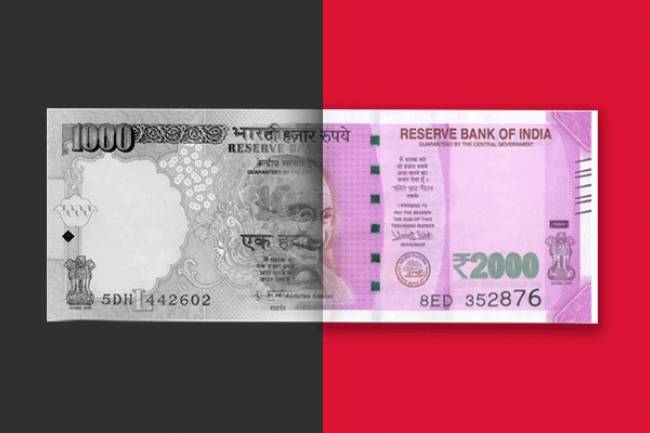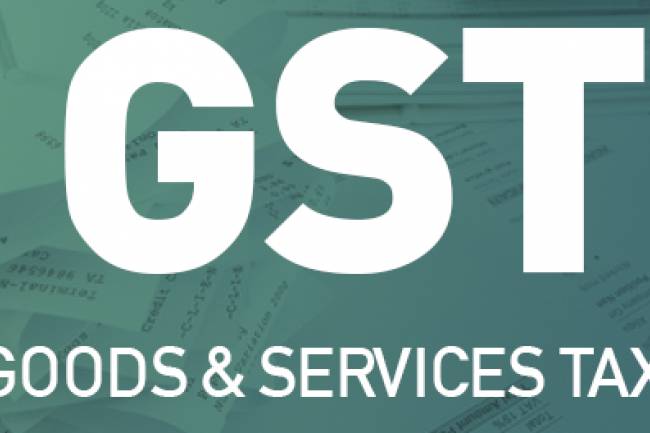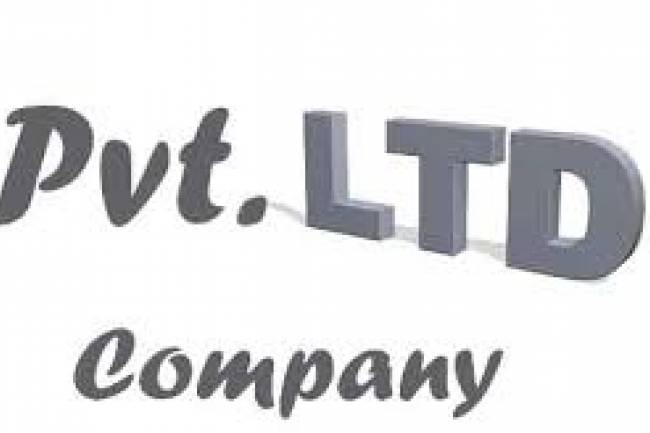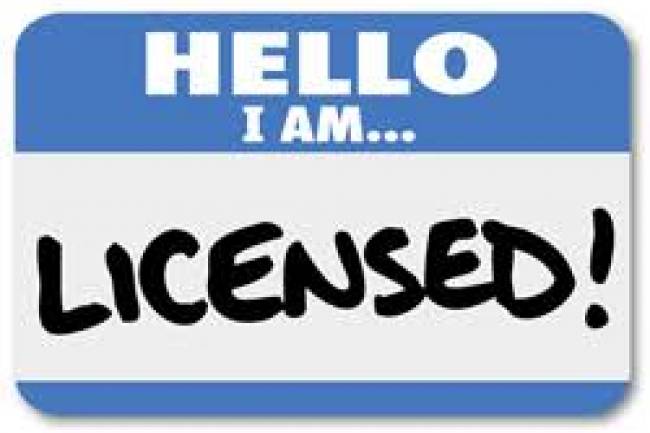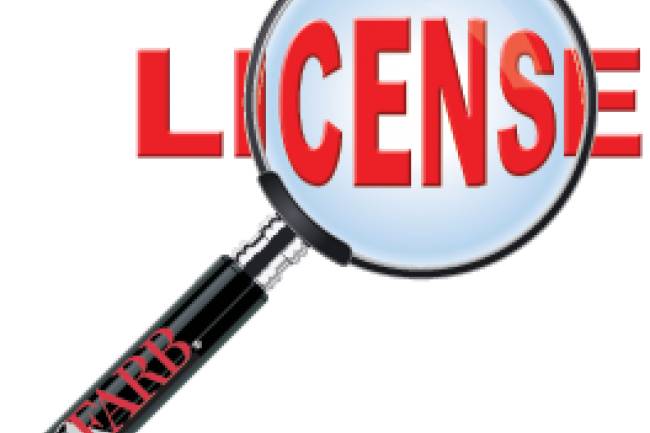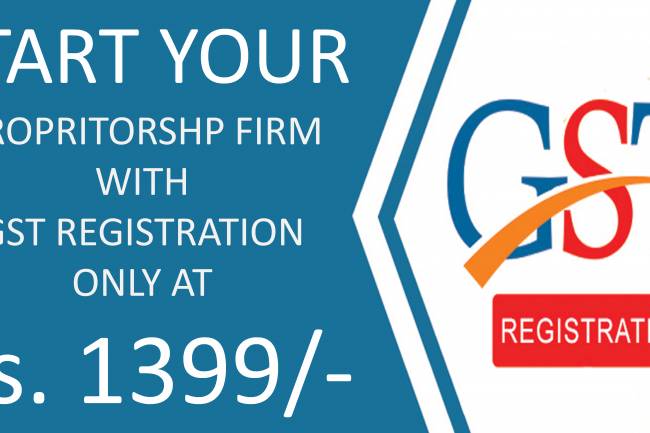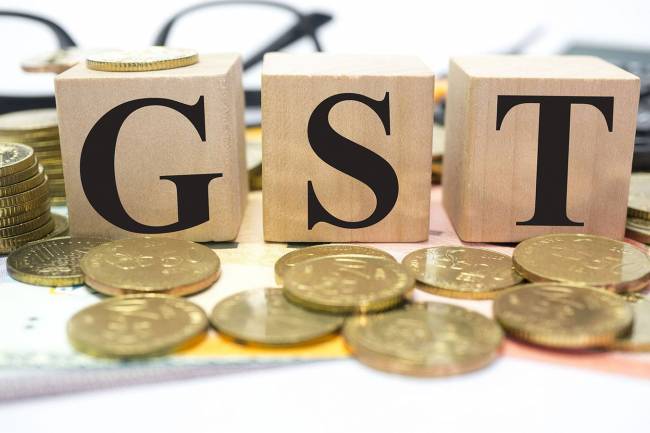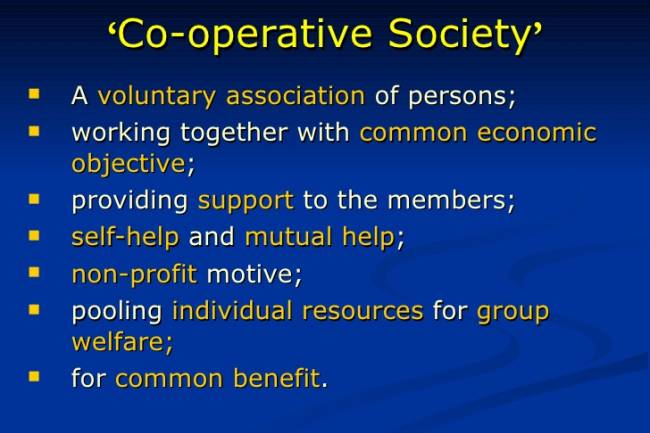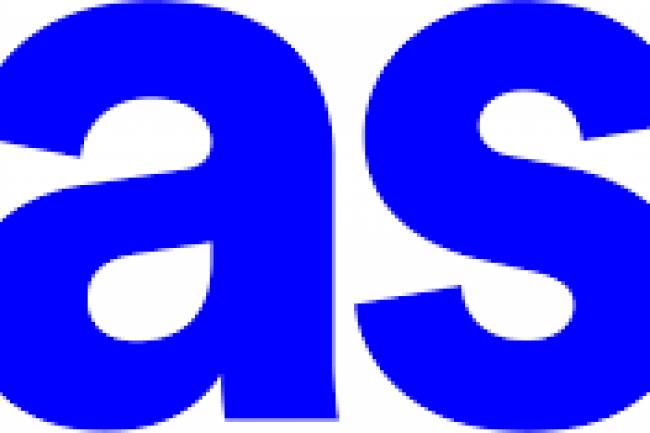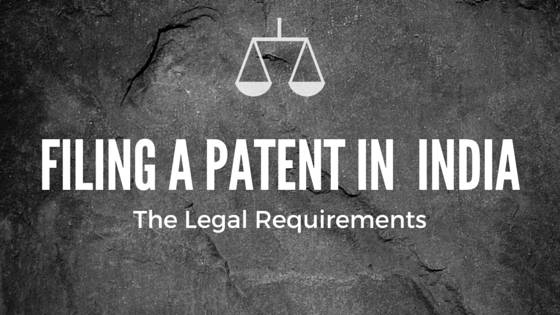
What are the steps to file a patent in India?
A “patent application” can be filed by the true and first inventor. The assignee or legal representative of the inventor can also file it. It can be filed individually or jointly. If in case a patent application is filed by the assignee, proof of assignment has to be submitted along with the application. The applicant can be national of any country.
A “patent filing” can be made directly at the Indian Patent Office or via the national phase PCT application or in the form of a conventional application. A patent application can be filed [E-Filling] at any of the four patent offices in India. Patent Offices are located at Kolkata, New Delhi, Chennai, and Mumbai.
Every application filed directly at the Patent Office shall be accompanied by a provisional or complete specification. In the case of PCT or convention application, the applicant can file only the complete specification. Provisional application are generally filed at a stage where some experimentation is required to perfect the invention. Therefore, filing a provisional application allows the applicant to get an early application date. Further, a complete specification has to be filed within 12 months from the date of provisional patent filing. If in case an application is filed with a complete specification, the Controller on request has the power to convert the complete specification into a provisional one. If in case a complete specification follows a provisional specification, the controller on request can post-date the date of filing to the date of the complete specification.
Patent Specification:
A provisional patent specification may contain:
* Title
* Detailed Description
* Drawings, if necessary
* Sample or Model, if required
Whereas the complete patent specification may contain:
* Title
* Abstract
* Detailed Description
* Drawings (where necessary)
* Sample or Model (if required by the examiner)
* Enablement and Best Mode
* Claims
* Deposit (Microorganisms), if in case needed
a) Title: The title is generally a word or a phrase indicating the content of the invention.
b) Abstract: It is written in a precise manner in short paragraph describing the invention.
c) Detailed Description: The important part of the specification is the detailed description. Essentially, it contains the complete and elaborate description of the invention. Written Description generally starts with a background of the invention. It explains the invention clearly and comprehensively, with the help of examples, drawings, and models, where and when required.
d) Drawings: The written description might be supplemented with clearly labeled drawings, where and when required.
e) Samples or Models: On an initiative of the inventor or when required by the patent examiner samples or models might be submitted to the patent office. Therefore, such samples or models will provide a better understanding of the invention.
f) Enablement and Best Mode: The applicant has to enable his invention in order to allow a person with ordinary skill in the art to make and work the invention. He should not only enable, but also describe the best mode of carrying out the invention.
g) Claims: Patent claims define the metes and bounds of the invention. They are the most important elements in a specification.
h) Deposit: If in case an invention involves microorganisms, which cannot be described by writing, a sample of the microorganism has to be deposited at an internationally recognized depository. There is an internationally recognized depository at Chandigarh, in India.
A provisional specification cannot be filed if in case an application has been filed in a foreign country. A complete specification has to be filed within twelve months of filing the provisional specification. Each specification should contain only one invention. If there is more than one invention in a specification, separate applications have to be filed for each invention. If an Indian application has corresponding foreign applications, then the applicant has to keep the Controller informed of the status of the foreign applications.
Patent Application Forms:
1. Form 1 – Application for the grant of patent;
2. Form 2 – Provisional or Complete Specification;
3. Form 3 – Statement and undertaking by the applicant;
4. Form 5 – Declaration as to Inventorship; and
5. Form 26 – Authorization of patent agent, in case, filed through a patent agent
Visit HireCA.com Now

